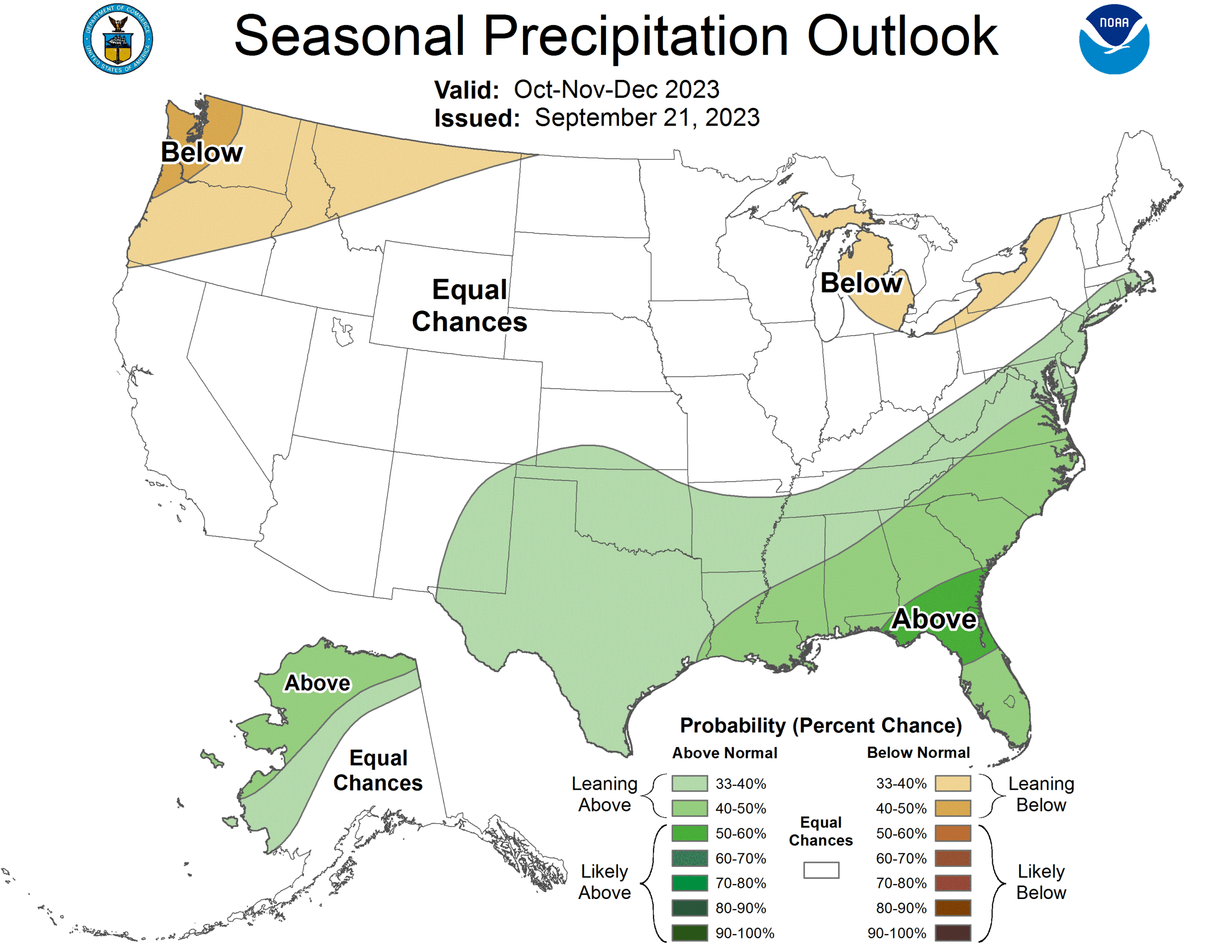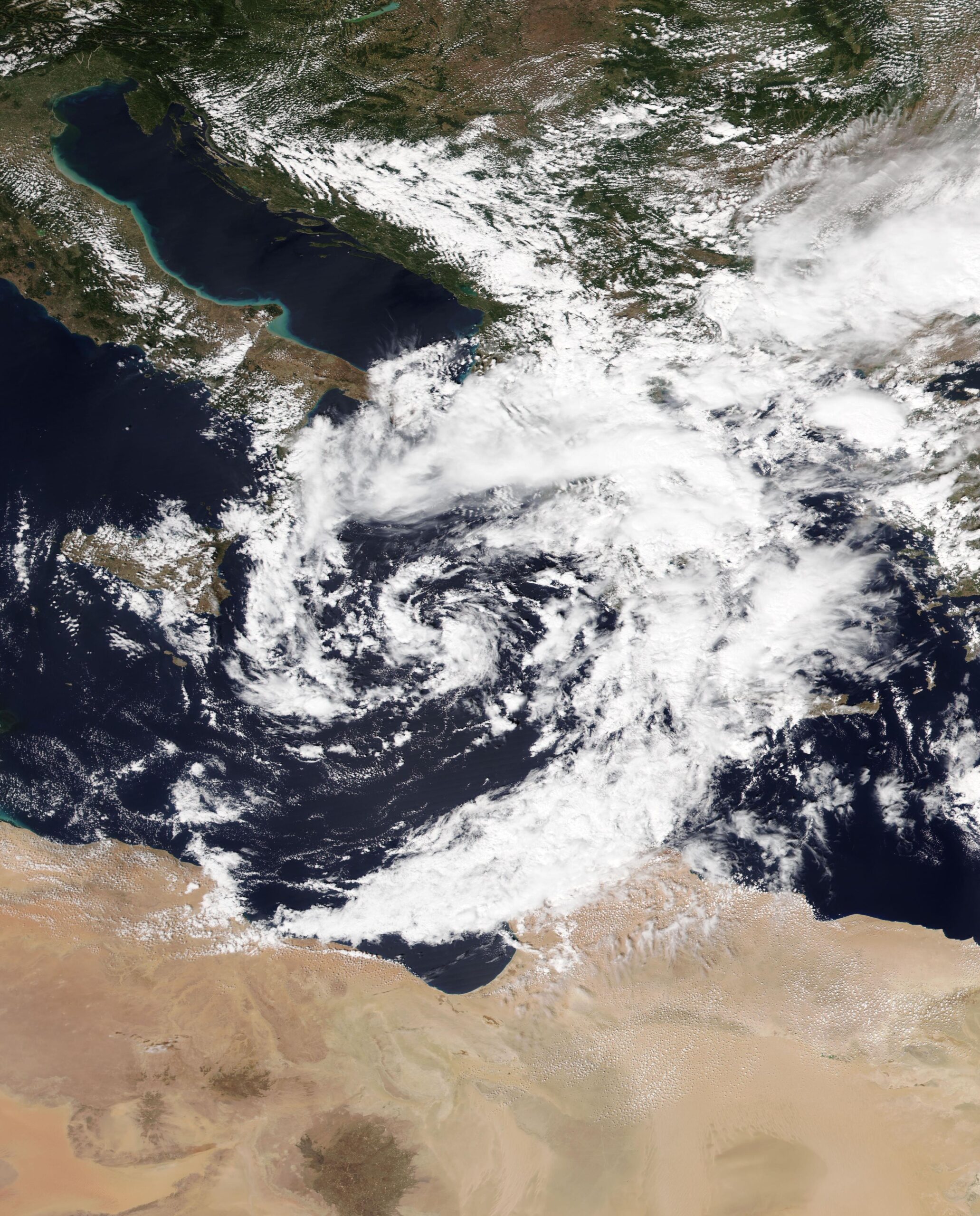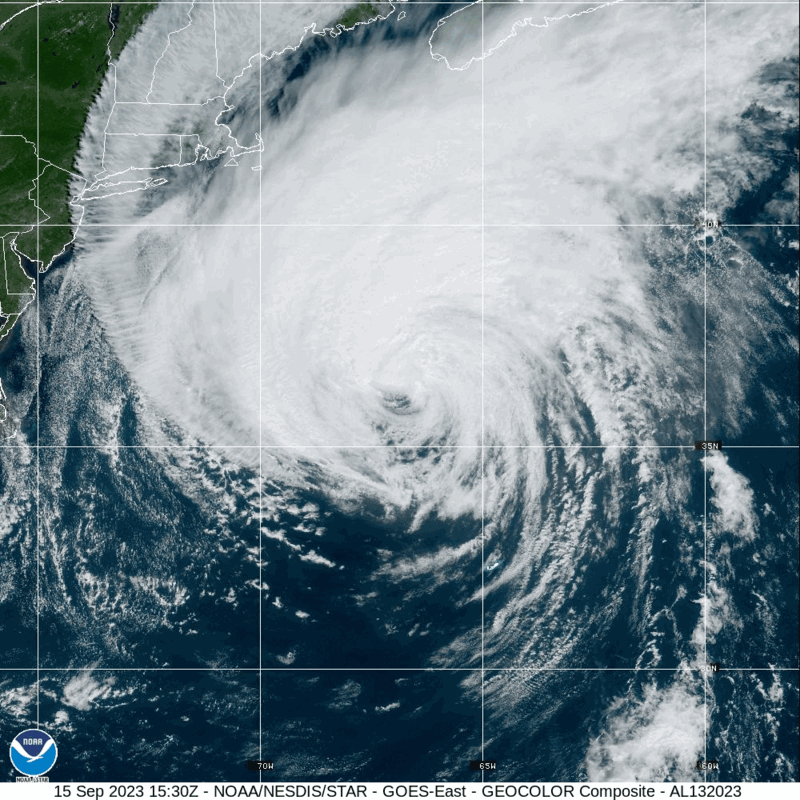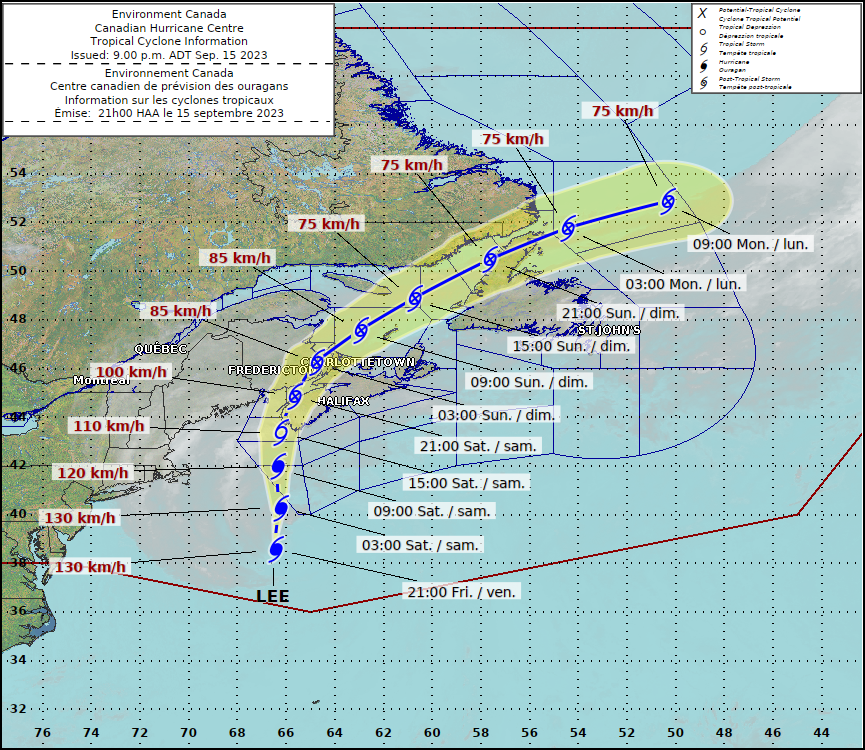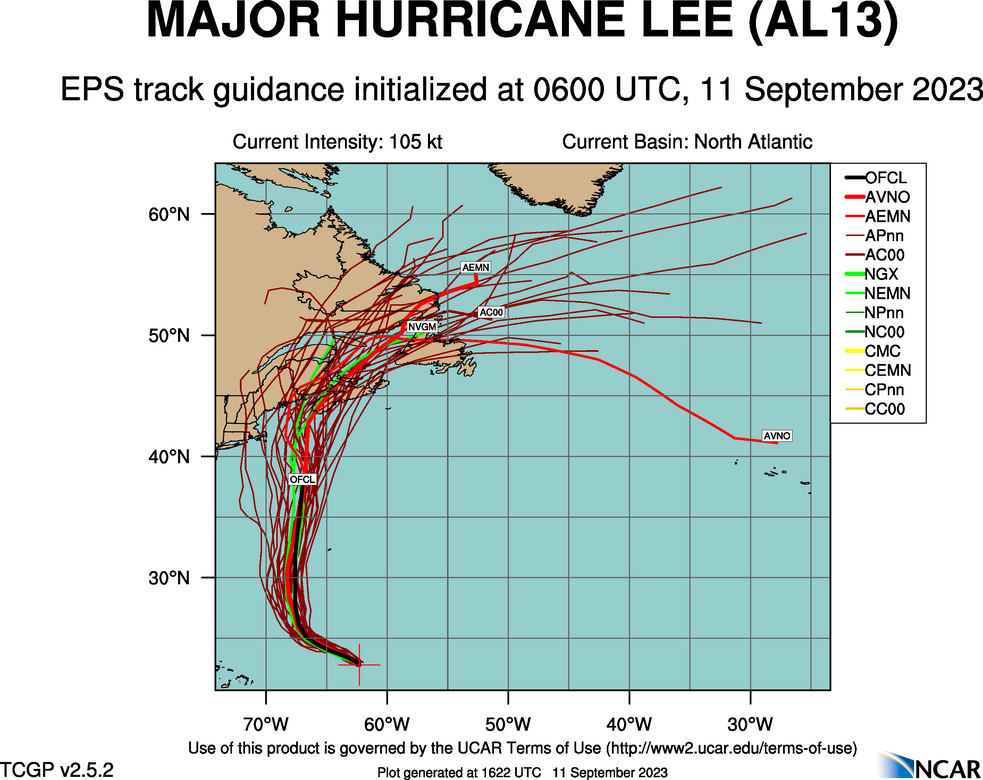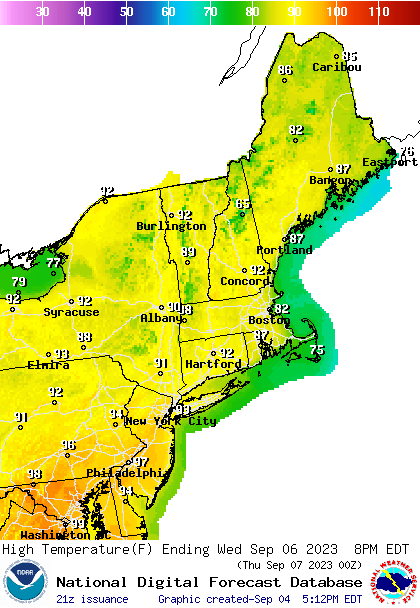A site that review every time I am thinking about the weather is the Aviation Weather Services Decision Support page. The “ADDs” page had observations and flight conditions for every site in the country, initially, and after some updates, any site with an observation in the world. It was a great, easily digestible first stop when looking at the weather.
As is usually the case with life and the internet, the ADD’s page changed. Actually, it pretty much went away, replaced by something new, the Aviation Weather home page. It’s even better. The AWC released an introductory video that walks you through the site.
The new site does some great things. First, it combines all the most useful elements to paint a picture of current conditions, from those terminal observations to radar and satellite imagery. Also on the site, you can find winter weather and all sorts of other governmental forecast sites. There are a couple of different selectable choices, namely the Winter Weather Dashboard and Traffic flow Management Portals, selectable through the Tools option at the top of the page, that serve as clearing houses for important weather links, including the Storm Prediction Center. or the HRRR model.
Poke around it, certainly, to see if there is anything in it for you. I know I’ll be back there learning all of her tricks nearly every day of the week.


